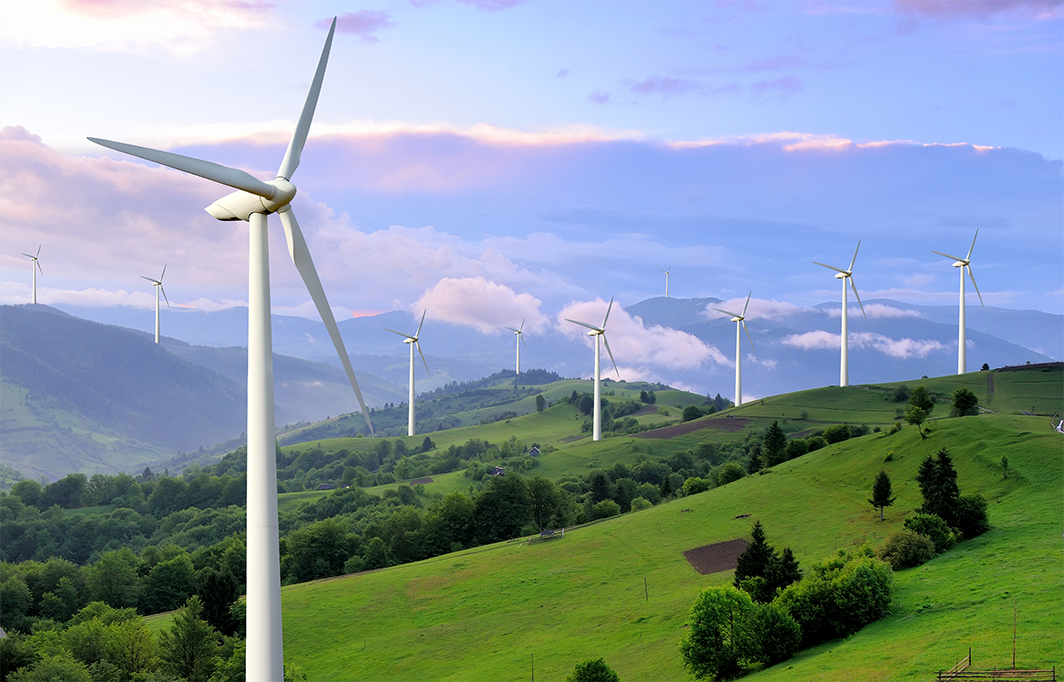UK Government announces £12bn ten-point plan for ‘green industrial revolution’: what it means for you
News
- General news
19 November 2020

On Wednesday 18 November, Prime Minister Boris Johnson announced an ‘ambitious ten point plan for a green industrial revolution which will create and support up to 250,000 British jobs’.
The plan appears to have two broad aims: to achieve net zero by 2050 and to invest in new technology so that thousands of new jobs can be created in the UK’s industrial heartlands, which goes to the levelling up agenda.
Through a mixture of new and previously announced points, the plan has been costed at £12bn, £8bn of which the Government has stated is new spending; however, the figure has been widely contested with several sources noting that only £4bn is new. The new investment included in the plan covers hydrogen, nuclear power, electric vehicle infrastructure, and carbon capture and storage.
While the significant investment has received a broad welcome as a step forward for tackling the climate emergency, it still lags significantly behind other European economies, such as Germany (£45bn over an unspecified number of years) and France (over £36bn spread over two years).
The announcement is an important one for workplace and facilities management professionals as the impact of the investment outcomes will continue the change, for the better, in how the workplace will be managed and maintained, how people engage with it or travel to it, and its wider settings. ‘Build back better’ was the slogan and this announcement tries to ensure there is the money to achieve the vision and its necessary objective.
The ten-point plan, as presented on the UK Government website, includes:
-
offshore wind: producing enough offshore wind to power every home, quadrupling how much the UK produces to 40GW by 2030, supporting up to 60,000 jobs
-
hydrogen: working with industry aiming to generate 5GW of low carbon hydrogen production capacity by 2030 for industry, transport, power and homes, and aiming to develop the first town heated entirely by hydrogen by the end of the decade
-
nuclear: advancing nuclear as a clean energy source, across large scale nuclear and developing the next generation of small and advanced reactors, which, according to the Government, could support 10,000 jobs
-
electric vehicles: backing car manufacturing bases to accelerate the transition to electric vehicles, and transforming national infrastructure to better support electric vehicles
-
public transport, cycling and walking: making cycling and walking more attractive ways to travel and investing in zero-emission public transport of the future
-
jet zero and greener maritime: supporting difficult-to-decarbonise industries to become greener through research projects for zero-emission planes and ships
-
homes and public buildings: making homes, schools and hospitals greener, warmer and more energy efficient, whilst creating 50,000 jobs by 2030, and a target to install 600,000 heat pumps every year by 2028
-
carbon capture: becoming a world-leader in technology to capture and store harmful emissions away from the atmosphere, with a target to remove 10MT of carbon dioxide by 2030, equivalent to all emissions of the industrial Humber today
-
nature: protecting and restoring the natural environment, planting 30,000 hectares of trees every year, whilst creating and retaining thousands of jobs
-
innovation and finance: developing the cutting-edge technologies needed to reach these new energy ambitions and make the City of London the global centre of green finance.
